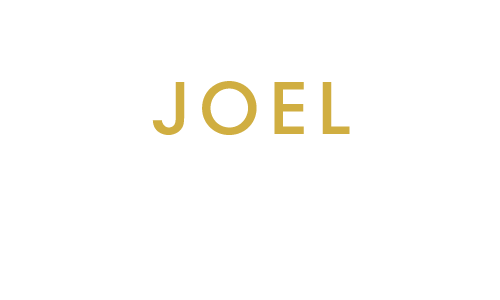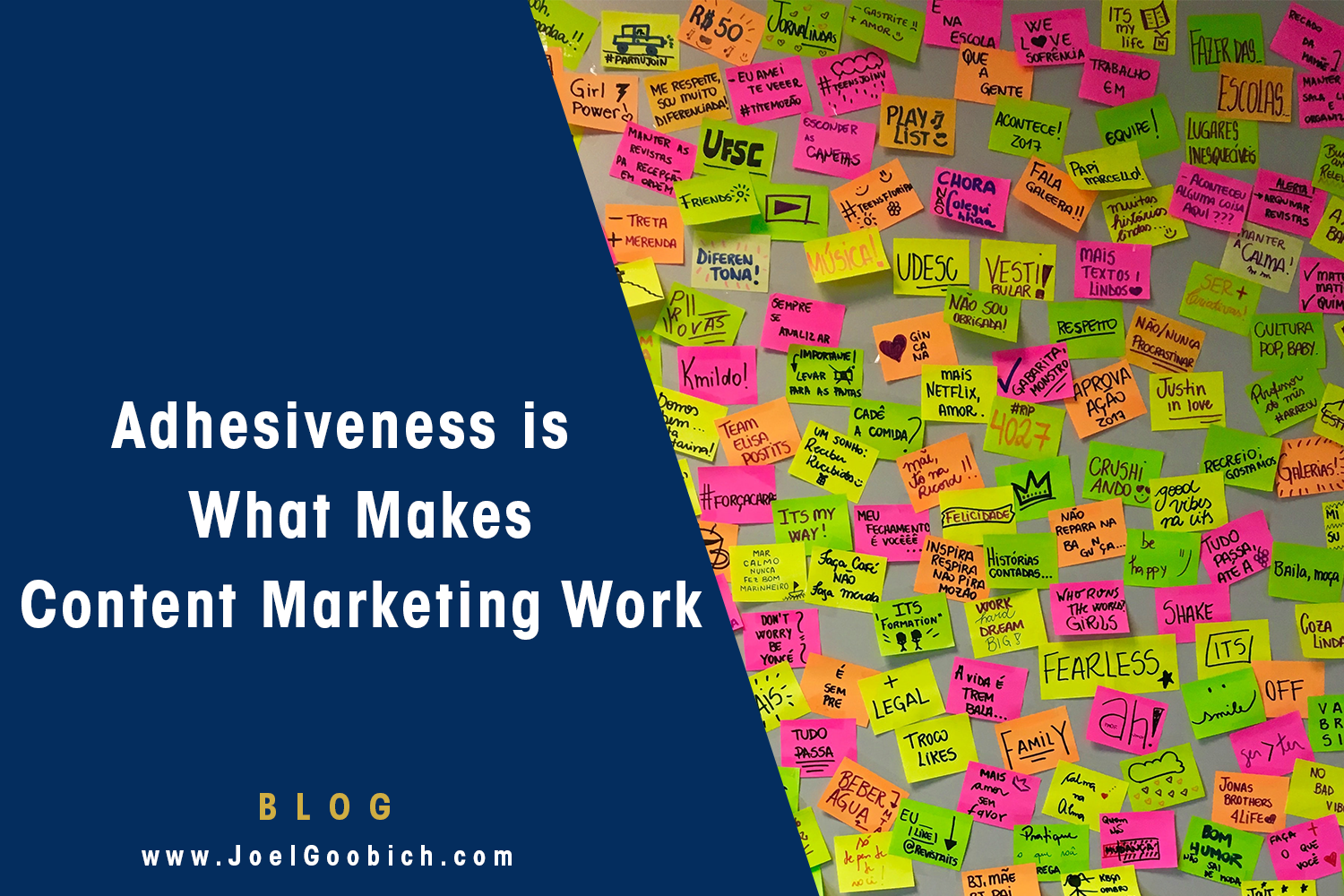8 Ways to Leverage Content Effectively
**8 Minute Read**
Content is more than a marketing asset; it’s an effective research, awareness, and intelligence tool. Discover how to leverage your content effectively here.
All business owners know the importance of generating long-term value from company efforts and resources.
From marketing campaigns to internal processes, every aspect of operations must work toward providing ongoing benefits for the company.
This same concept applies to your company’s content. However, I have yet to see many companies leveraging this thought process for their content marketing efforts.
How often does your team create astounding content, only for it to be used once and never touched again? Likely far more often than you’d care to admit!
Instead, use or repurpose your company’s content effectively across multiple channels, campaigns, goals, and processes to maximize its value for years to come.
Not sure how to do this? Let me show you eight ways to leverage content effectively throughout your business.
1. Build Brand Awareness
From social media posts to introductory new client emails, content can be used to generate and sustain brand awareness.
Think of this content as a way to grab the attention of those at the top of your sales funnel. These potential customers are beginning their buying journey and are interested in learning more about your company, products, services, and other related topics.
Pro Tip: Be cognizant that much of this content may not even reside on your website! Use content engines like Vestorly to sort through third-party content that mentions your brand and create an inventory of original and curated content to build a brand awareness campaign.
Examples of awareness-related content usage can include:
- Social media posts focused on generating engagement
- Blog posts about broad, overarching topics in your industry
- Welcome emails to new subscribers
- Landing pages for pay-per-click campaigns for generic keywords
Look through your company’s library of past content and see which pieces you can leverage to create ongoing brand awareness.
2. Generate Qualified Leads
Marketing content is most often used to drive qualified leads to your sales team.
By creating informative and entertaining content that ranks high on search engines, you’ll attract the attention of potential customers searching for answers online.
Chances are that your company already uses content for this purpose. But, have you considered revamping older pieces to function as lead generation content?
Transform content into lead generation pieces with a few simple tweaks, like:
- Adding actionable language and contact forms to blog posts
- Including a CTA in social media posts and videos
- Allowing subscribers to respond to emails
3. Educate Your Audience
Expertly crafted content is an effective educational tool.
When thinking about creating educational content, start within your organization. Ask yourself what content you can create or what third-party content you can share to:
- Improve hiring and training processes
- Inform employees on new internal projects, efforts, or initiatives
- Help strengthen the internal company culture
- Educate employees on company policies, benefits, etc.
Additionally, nonprofit organizations can use content pieces to educate potential donors, volunteers, or advocates about their cause.
Businesses can similarly use content to educate users about their products or services. Creating an education hub that pulls your original content in, along with intelligently curated third-party content, is an excellent method for educating customers. Companies like Vestorly and UberFlip provide an efficient and effective solution for this approach.
4. Position Your Brand as an Authority
Content can also be used to build your brand’s authority effectively throughout the industry.
When it comes to athletic wear and sneakers, brands like Nike and Adidas lead the way. Why? Because consumers think of these brands as the authority on these products.
But that authority didn’t happen overnight. It took years of creative and engaging content designed to convince fans of the brand’s leadership and authority on the topic.
To escalate your company’s brand influence, start developing content on intriguing and even controversial topics within your industry. From thought leadership articles to in-depth how-to videos, your content can be strategically leveraged to position your company as an industry leader. The most important takeaway is for your audience to trust that you know what you’re talking about.
Remember, this authority doesn’t appear out of thin air. You have to continuously publish high-level content to break through barriers and become a thought leader.
5. Retain Loyal Customers
No one likes feeling forgotten — especially customers.
Both B2B and B2C companies rely on customer retention strategies to keep customers engaged. But these strategies require far more content than the occasional email and discount code to operate effectively.
Content created exclusively for frequent buyers is an excellent way to retain top-spending customers. Through personalized content, specific blog post topics, fan-only newsletters, and other forms of content, you can work to build a solid relationship with customers who trust your brand.
Another tried-and-true way to retain loyal customers is to provide personalized comments with links to curated content related to your buyer’s interests and needs.
The Harvard Business Review found that offering customers short tutorial content on product features can reduce churn by 6%. And, Bain & Company reported that increasing customer retention by a mere 5% can improve profits by 25% or more.
Plus, through these retention content efforts, you can also leverage your fans to help build your brand authority. Find ways to encourage and incentivize customers to share your brand’s content with others.
6. Communications Tools
No matter if you’re a small business or a multinational corporation, an internal communications strategy is the key to success.
With this in mind, companies can use their content to seamlessly communicate information internally to stakeholders and external partners.
Whether you choose to communicate this information in the form of an interactive blog post or an entertaining video, it’s far more productive than sending an email memo!
7. Analyze Your Industry and Market
Effective content usage isn’t restricted to only your content.
Collect content from your competition or leading industry publications and analyze it to better understand what’s happening in your market. Additionally, take a look at their content strategy. Is there anything you can replicate or do better within your content marketing strategy?
8. Learn About Your Audience
Similarly, you can curate content to gather business intelligence about your audience.
Take a look at the content written about your target demographic. What does it tell you about your market’s wants, needs, and problems?
Also, comb through content that your audience shares and interacts with. This will provide you with insight into what type of content to create and which topics to focus on.
Learn How To Leverage Your Content Effectively
Your company’s content isn’t reserved for only the marketing team. Instead, it can be used to:
- Build lasting brand authority in your industry
- Communicate important information to internal teams and external stakeholders
- Gather business and audience intelligence
- Retain customers and drive up profit
If you’re unsure of how to use content effectively throughout your organization to build brand awareness and spur growth, get in touch and I’ll show you how it’s done.
[reposted with permission from The Content Insights Blog by Vestorly]






